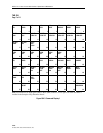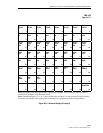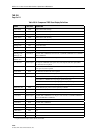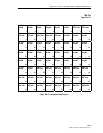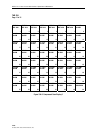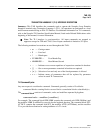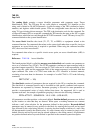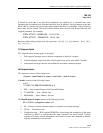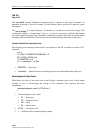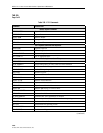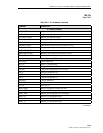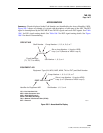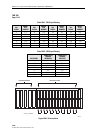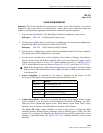
ADCP-61-471 • Issue 4 • June 2000 • Section 2: Operation and Maintenance
2-280
© 2000, ADC Telecommunications, Inc.
TAD-105
Page 4 of 8
The
text block
contains additional information that is specific to the input command. No
parameter grouping is allowed in output. No null defaults unless specified in response syntax
description.
The
end of output
is a single character. A semicolon (;) is used for normal end of output. The
continuation symbol, a “greater-than” sign (>), is used on a message to indicate that another
associated output message follows. When the continuation symbol is used, the associated output
messages must have the same CTAG and the last associated message must have a semicolon.
Example: Standard Error Response Format
The following error message format will be used whenever the NE is unable to execute a TL1
command.
cr lf lf
^^^<SID>^YY-MM-DD^HH:MM:SS cr lf
M^^<CTAG>^DENY cr lf
^^^<ERRCDE> cr lf
[^^^/* <comment>
*
/cr lf]•••
;
1.
ERRCDE
— Error code.
2.
Comment
— Optional free form text that provides more information about the error.
Acknowledgment Output Syntax
When there is a delay of more than two seconds before a response can be sent, a brief output
message is sent to acknowledge the receipt of the command. This response has three
components:
<acknowledgment code>^[<CTAG>]cr lf
<
1. Acknowledgment code
values:
•
IP
— In progress
•
PF
— Printout follows
•
OK
— Okay
•
RL
— Repeat later
2.
CTAG
— Correlation code.
3.
<
— Indicates end of acknowledgment output.



